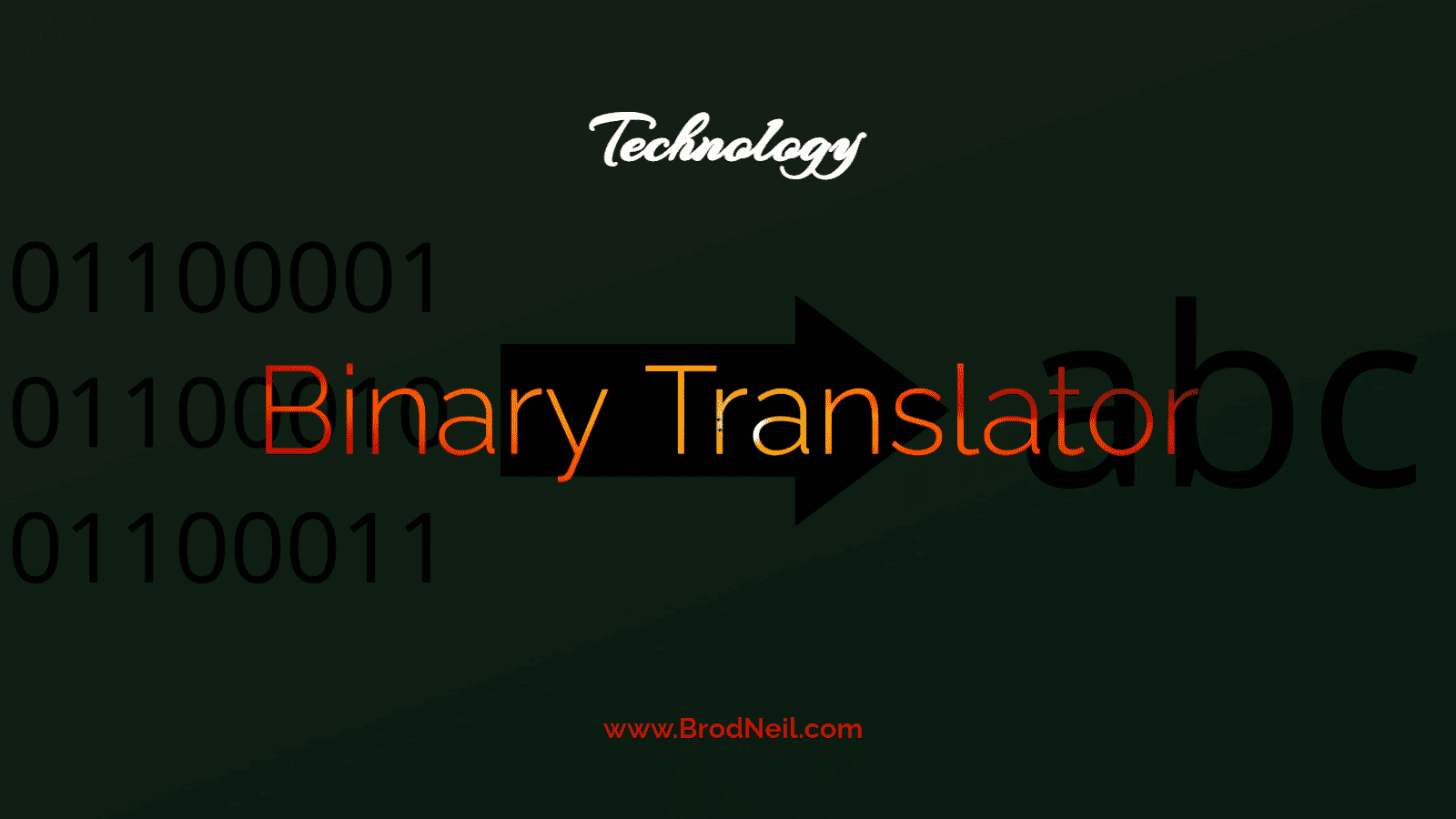Introduction
In today’s digital age, binary code plays a crucial role in the world of computing. It is the backbone for all computer operations, but understanding binary can be daunting for those unfamiliar with its intricacies. Fortunately, with the help of a reliable binary translator, the process becomes much simpler. In this guide, we will delve into the world of binary translation, explaining what it is, how it works, and why it’s an invaluable tool for programmers and enthusiasts alike.
Understanding Binary Code

A binary code translator is the foundation of all digital data. It uses only two symbols, 0 and 1, to represent information in a machine-readable form. Each digit in a binary number corresponds to a power of two, allowing computers to execute complex calculations and store vast amounts of data efficiently.
Binary Translator Defined
A binary translator is a specialized tool that converts text or numbers from human-readable forms (such as letters and decimal numbers) into binary code and vice versa. It bridges the binary system and the more familiar decimal (base-10) system, making it easier for users to interact with and understand binary data.
How Does a Binary Translator Work?
A binary translator employs algorithms and programming logic to convert data between binary and human-readable formats. When converting text to binary, the translator breaks down each character into its ASCII (American Standard Code for Information Interchange) equivalent, which is then represented in binary form. Conversely, when converting binary back to text, the translator reverses the process, converting binary data into its corresponding ASCII characters.
Why Use a Binary Translator?
Programming and Debugging: As a programmer, you may encounter situations where understanding or debugging binary data becomes necessary. A binary translator simplifies this process, allowing you to accurately analyze and modify binary information.
Learning and Teaching: A binary translator is an invaluable learning tool for those learning about computer science or seeking to understand how computers work at a fundamental level. It helps learners visualize the relationship between binary and human-readable data.
Data Conversion: In certain scenarios, data may need to be exchanged between systems that use different data representations. A binary translator facilitates seamless data conversion between binary and other formats, such as hexadecimal or octal.
Encryption and Security: Binary code underpins many encryption techniques and security protocols. A binary translator can aid in the decryption and analysis of encoded messages, thereby enhancing digital security.
Best Practices for Using a Binary Translator
Choose a Reputable Tool: Opt for a well-established and reputable binary translator to ensure accurate conversions and protect sensitive data.
Double-check Results: When converting data, always verify the results to avoid errors, especially when handling critical information.
Practice Caution with Sensitive Data: Exercise caution when using binary translators with sensitive or confidential data, as it may be susceptible to interception or compromise.
Conclusion
In conclusion, a binary translator is essential for anyone working with computers or interested in understanding binary code. It simplifies the process of converting data between binary and human-readable formats, making it accessible and practical for both programmers and enthusiasts. Whether debugging code, learning about computer science, or ensuring data security, a reliable binary translator will undoubtedly be your steadfast companion on this digital journey. Embrace the power of binary translation and unlock the true potential of computing!

